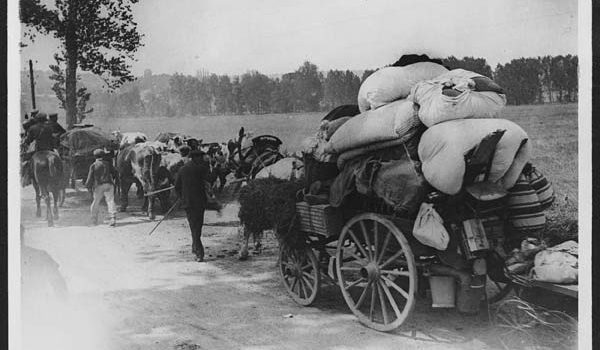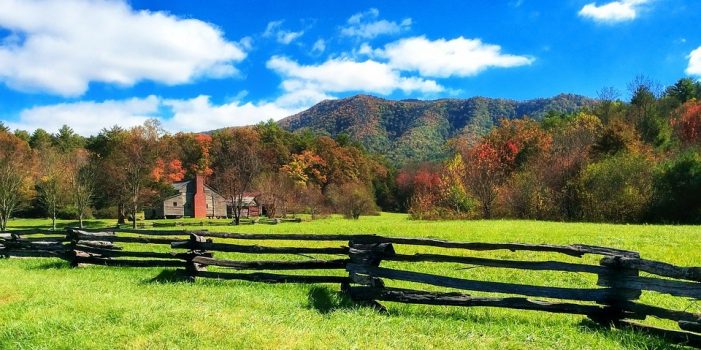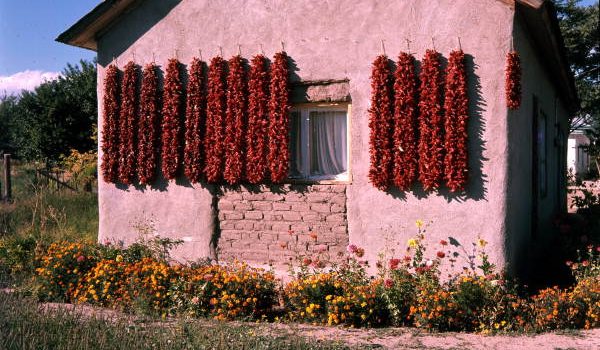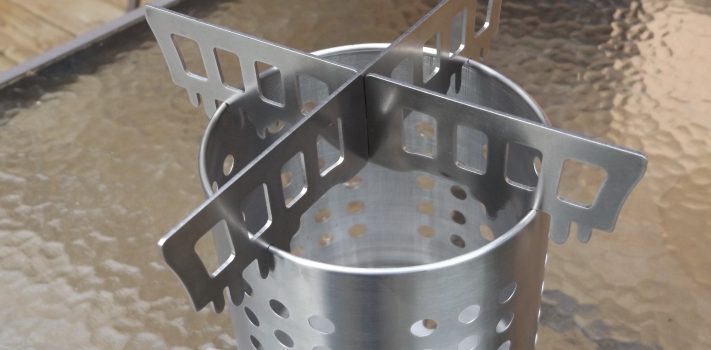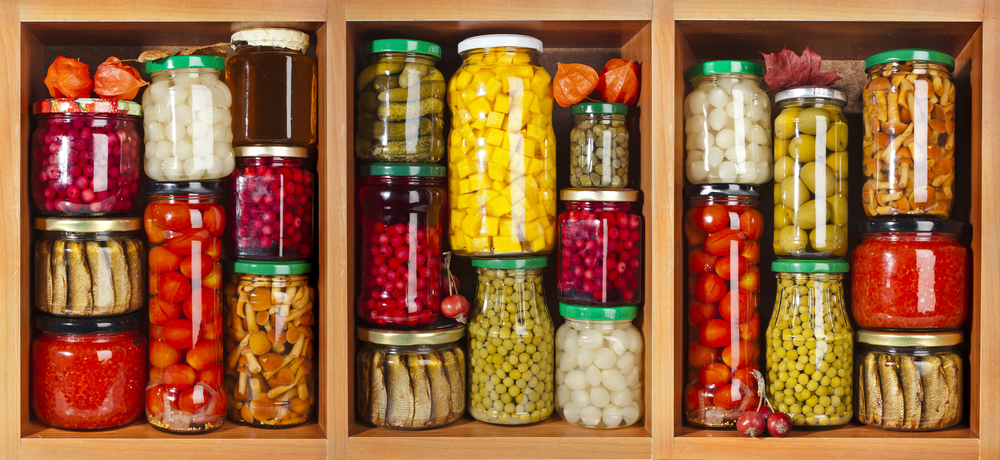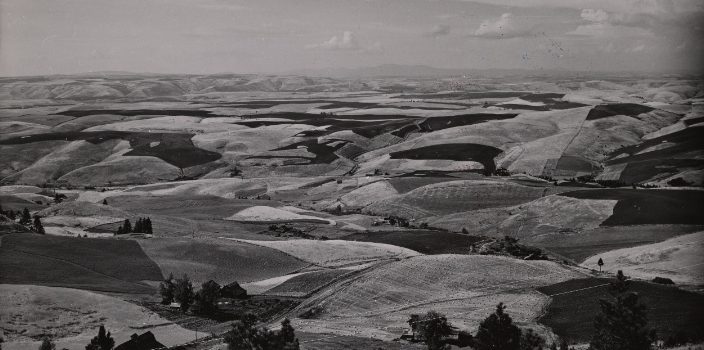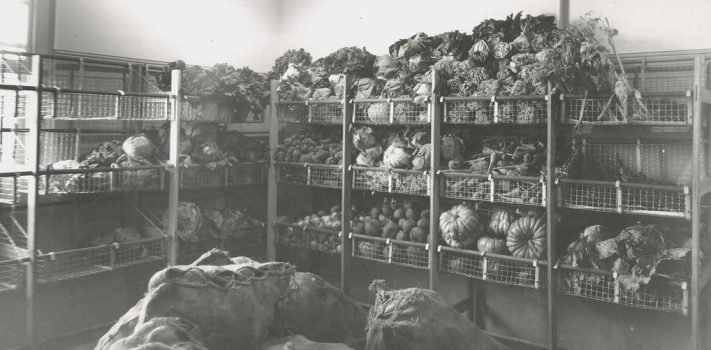Build the Plan vs. Test the Plan – Part 3, by T.R.
(Continued from Part 2.) Some background: I still work almost full time, but portions of the year are full throttle 60+ hour weeks and other blocks are much lighter, with my husband retired from the military. We wanted a vacation in terms of scenery and wildlife and we wanted to test our plans across a number of elements. To appropriately field test our plans with a degree of stress testing that would replicate a certain amount of tension present in real threat condition whilst isolating certain elements one at a time to calibrate parts of our plan in a systematic …

